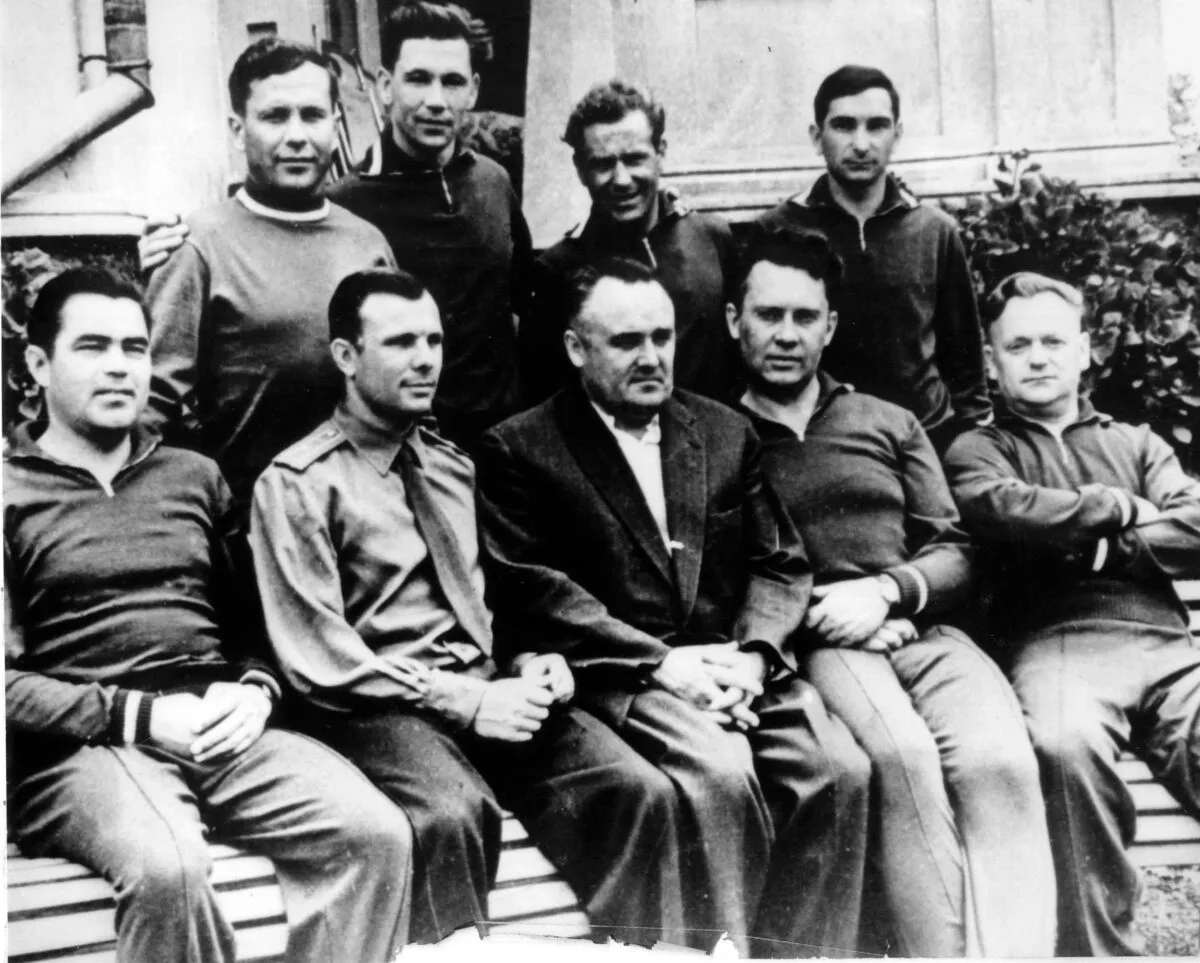Sergei Korolev (or Korolyov) was a Russian rocket scientist regarded as the father of the USSR's early human spaceflight ambitions, and an architect of the successes enjoyed by the Soviet Union in the Space Race against NASA and the USA.
He was instrumental in the launch of the Sputnik satellite - the first artificial satellite launched from Earth into space - and in the flight that made Yuri Gagarin the first human being in space.
Korolev had a chequered career by any standards. He was both persecuted and highly prized by his own government but, despite his achievements, couldn’t enjoy wider acclaim in his lifetime due to the USSR’s secretive nature.

Seregei Korolev was born on 30 December 1906 in what is now Zhytomyr, Ukraine., the child of an unhappy marriage; his parents soon separated, and the boy was told that his father, Pavel Korolev, had died – actually he lived until 1929, but had no further contact with his son.
His mother Maria married again, much more happily, and the family moved to Odessa, where Sergei studied carpentry at the Building Trades School. His imagination soared higher, though.
He joined the Society of Aviation and Aerial Navigation of Ukraine and the Crimea, where he obtained his pilot’s licence.
His passion well and truly ignited by flying, he founded GIRD with Friedrikh Tsander and others. GIRD was the first serious society to investigate jet propulsion in what had become the USSR. He became the group’s chief designer, but the worst period of his life lay ahead.

Without warning he was arrested by the secret police, accused of subversion and thrown into one of Stalin’s gulags, or forced labour camps, in Siberia.
He was beaten and tortured, all his teeth were knocked out, his knee was badly damaged and his heart was affected.
Somehow he survived, and when he was moved to a less brutal camp in Russia proper he was even allowed to carry out research.
He was eventually released in 1944. His conviction was overturned, though he did not receive a full pardon until years later.
Once free, his career advanced rapidly. He became the chief figure in Soviet rocketry and he masterminded the first Earth satellite (Sputnik 1), whose radio transmissions from orbit shocked America.
He masterminded successful unmanned lunar probes and demonstrated that animals could survive the rigours of spaceflight by sending dogs into suborbital space and then into orbit around Earth.
For more on Sergei Korolev's successes and accomplishments, read our history of the Space Race.
How did Sergei Korolev die?

After the triumphant spaceflights of Yuri Gagarin and other early cosmonauts, he switched focus to the Moon but his life was cut short.
From 1961 his health deteriorated quickly, his body battered from his time in Stalin’s death camps and his heavy workload.
Sergei Korolev was diagnosed with cancer and underwent colon surgery, but died on the operating table on 14 January 1966.
Without him, the Russian space programme floundered, and all immediate plans for reaching the Moon had to be given up. Had Korolev lived longer, the story might have been very different.
He was twice married, and was survived by his daughter Natasha and second wife, Nina. During his lifetime he was not widely known outside his own country but received many honours, including the Order of Lenin from the Russian Academy of Sciences.
His name lives on – it’s been given to a crater on Mars, a crater on the far side of the Moon, and an asteroid.

Sergei Korolev's timeline
1907 Born 12 January in Zhytomyr, Ukraine
1917 Moves to Odessa and begins study at Building Trades School
1923 Joins Society of Aviation in Odessa and starts flying
1924 Designs his first glider
1930 Obtains his pilot’s licence
1931 With F Tsander and others, he forms the Jet Propulsion Research Group (GIRD)
1933 GIRD merges with another lab to become the Jet Propulsion Research Institute (RNII)
1934 Publishes his book Rocket Flight in the Stratosphere
1935 Appointed chief of the RNII
1938 Arrested by the Soviet police, and sent to a gulag (prison camp)
1942 Moved to a ‘sharashka’ (prison camp for intellectuals)
1944 Released from prison; previous convictions dismissed
1945 Awarded the Badge of Honour, and sent to Germany to study rocketry
1947 Appointed Chief Designer of the Soviet rocket programme
1952 Joins the Communist Party
1953 Proposes a plan for launching an Earth satellite
1957 First flight test of new R-7 rocket on 15 May – it crashes but flies successfully later that year
1957 Organises the launch of the first satellite Sputnik 1 on 4 October
1957 Sends the first animal (the dog Laika) into space on 3 November
1959 Organises the unmanned Luna 1 probe to the Moon
1959 Begins the development of N1, an ill-fated rocket designed to fly men to the Moon
1961 Yuri Gagarin makes the first orbital flight on 12 April
1965 The first spacewalk, by Alexei Leonov, on 18 March
1966 Dies on 14 January in Moscow